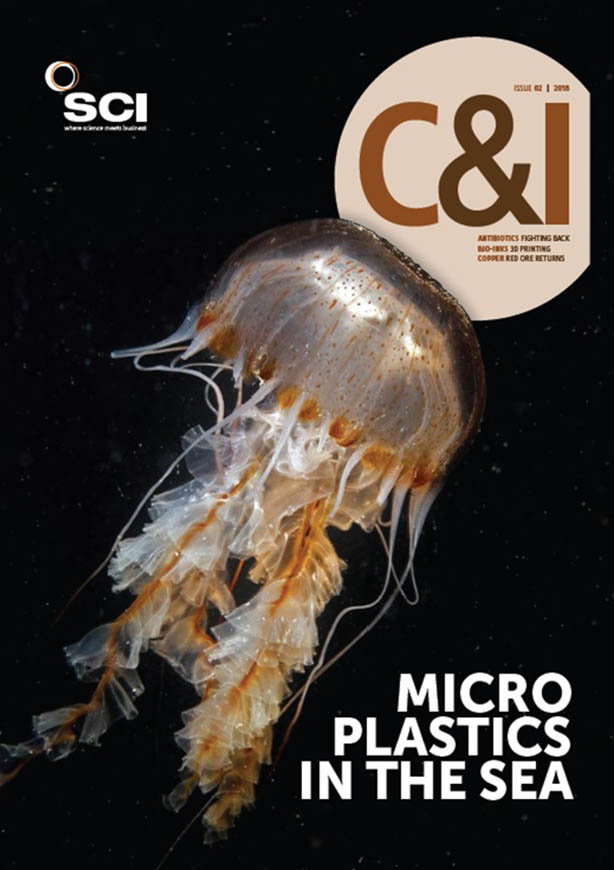Consumer products from body sprays to paints and nail varnish now rank equally with cars and other road vehicles as the leading source of air pollution in towns and cities, say researchers. Volatile chemical products (VCPs) – also including household cleaners, pesticides and perfumes – emit around the same level of volatile organic compounds (VOCs) as transportation, according to the team of US National Oceanic and Atmospheric Administration (NOAA)-led scientists reporting their findings at the AAAS meeting in Austin, Texas, in February 2018.
Not only that, but they also lead to the generation of twice as many fine particles that can damage the lungs and are among the most hazardous pollutants in air for human health.
‘In our study, we propose that VOCs are ventilated from the indoor to outdoor environment, and in the presence of sunlight, the VOCs undergo a cascade of chemical reactions,’ said Brian McDonald, lead study author at the University of Colorado at Boulder and NOAA. ‘The VOCs are transformed in the atmosphere where they can either form new tiny particles, or they can stick to existing particles present in the atmosphere.’
Fine particles are also formed when VOCs react with nitrogen oxide emissions from car exhausts.
Until now, many of the chemicals in VCPs were difficult to measure outdoors. However, the team made their findings after carrying out a study to chemically fingerprint the air quality both indoors and outdoors in Los Angeles, by using a ‘souped up’ or ‘ruggedised’ version of conventional GC/MS. Analogous to a musical chord, a chemical fingerprint represents a collection of different compounds in air, explained NOAA atmospheric scientist Jessica Gilman.
While around 15 times more oil and natural gas is used as fuel rather than to make chemical products in the US, she said the solvents found in VCPs are ‘literally designed to evaporate’.
In some ways, the researchers say the study results are ‘good news’ because it shows how successful air quality regulations have been at controlling emissions from vehicles. ‘As transportation gets cleaner, those other sources become more and more important,’ said McDonald. However, ‘another implication, is that the link between VOC emissions from VCPs and the formation of fine particles has been under-recognised. Much of the regulatory attention on VCPs has been on ground-level ozone and air toxics, with less attention paid to the formation of fine particles.’
The researchers also looked at chemical statistics on air pollution sources compiled by US industries and regulatory agencies. In the US, the amount of VOCs emitted by consumer and industrial products is two or three times higher than estimated by current air pollution inventories, they found.
While European emission inventories already show large relative contributions of VOCs from VCPs, the researchers say the study is the first to confirm this in urban air. Many of the VCPs currently on the marketplace in the US and EU are already regulated to reduce VOCs, they point out, adding that for now, the advice is: ‘to use as little product as possible to get the job done’.





